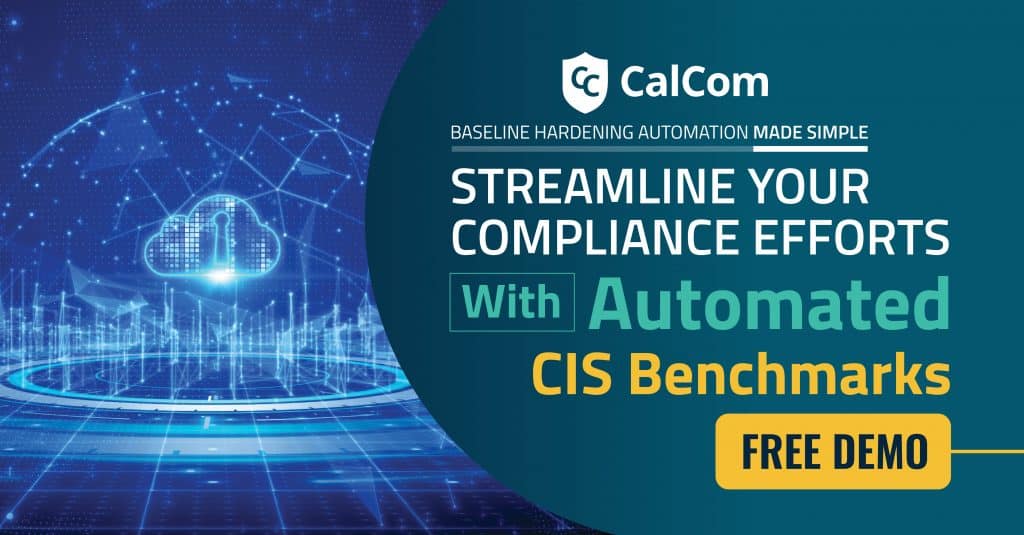Server security hardening is an essential element for preventing targeted attacks, as outlined in recent researches reported by both Gartner and the NSA. Consistent, continual IT security hardening is your enterprise's most valuable security control.
Analyze the threat
Commonly used protection strategies of limiting outside access can’t cover the current threats and multiple attack vectors organizations face today. Security is moving closer to the core with protection of the elements inside the perimeter. It’s essential to analyze threats and vulnerabilities on every element of the system.
Organizations should establish different hardening policies for each system component, aspiring to be as granular as possible (differentiating component's type, role, version, environment, etc.). In fact, hardening has become a mandatory requirement in every regulation. Therefore, setting a good hardening policy is no longer open for debate and there are security hardening best practices that organizations must follow (e.g., CIS Benchmarks and DISA STIG). Server security hardening minimizes your network’s exposure to vulnerabilities; it reduces the servers attack surface dramatically and lowers the risk of zero day attacks.
Compliance
Server security hardening is essential for compliance with industry standards and regulation like HIPAA, PCI DSS, SOX or local financial institutions’ regulatory requirements. Complying with such standards requires continuous control of the server configurations and hardened policies. Server hardening is recognized as best practice and mentioned as a high priority security task by CIS, COBIT and NIST.
Given the need, it’s important to find a tool that makes server hardening across the organization. Hardening automation tools offer a complete hardening solution and transform this tangled process into a ‘click-of-a-button’ task. Using server hardening automation tools you won’t need to write a single script or have any specific expertise.
They perform the entire testing procedure automatically by learning your infrastructure’s dependencies and reporting the potential impact of each configuration change. Only this feature alone can save most of the time and resources invested in the hardening project, making hardening automation tools preferable in terms of ROI.
Server Hardening Tool
CIS Control 4: Secure Configuration of Enterprise Assets and Software discusses maintaining the secure configuration of enterprise assets. These security configuration updates need to be managed and maintained over the life cycle of enterprise assets and software. Configuration updates need to be tracked and approved through configuration management workflow process to maintain a record that can be reviewed for compliance, leveraged for incident response, and to support audits.
https://www.calcomsoftware.com/cis-benchmarks-all-you-need-to-know/
Using CalCom Hardening Automation Suite– CalCom Hardening Automation Suite (CHS) is a hardening automation platform designed to reduce operational costs and increase infrastructure’s security and compliance posture. CHS ensures that your servers are constantly hardened and secured while maintaining the servers availability and saving security operations administrators a tremendous amount of time.
Hardened servers need to be maintained and protected from divergence from policies. For ongoing maintenance, CHS prevents inadvertent changes to policy, eliminating configuration drifts and reporting on any attempt to change the hardened servers status. No remediation is needed because changes are proactively prevented in real time. The real time monitoring provided by CHS for SCOM produces real time compliance reports on servers compliance status and activity performed on servers.




